Pinellia ternata
Pinellia ternata
1. The products in our compound library are selected from thousands of unique natural products; 2. It has the characteristics of diverse structure, diverse sources and wide coverage of activities; 3. Provide information on the activity of products from major journals, patents and research reports around the world, providing theoretical direction and research basis for further research and screening; 4. Free combination according to the type, source, target and disease of natural product; 5. The compound powder is placed in a covered tube and then discharged into a 10 x 10 cryostat; 6. Transport in ice pack or dry ice pack. Please store it at -20 °C as soon as possible after receiving the product, and use it as soon as possible after opening.
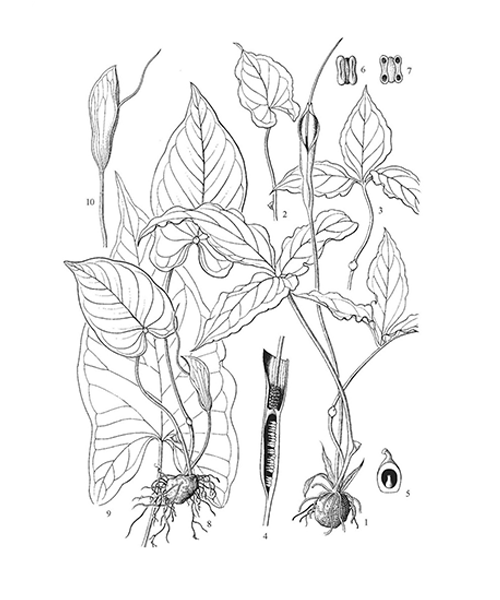
Natural products/compounds from Pinellia ternata
- Cat.No. Product Name CAS Number COA
-
BCN5890
Succinic acid110-15-6
Instructions
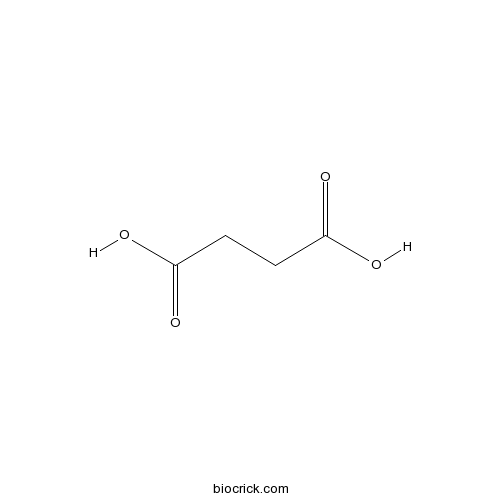
-
BCN2962
Guanosine118-00-3
Instructions
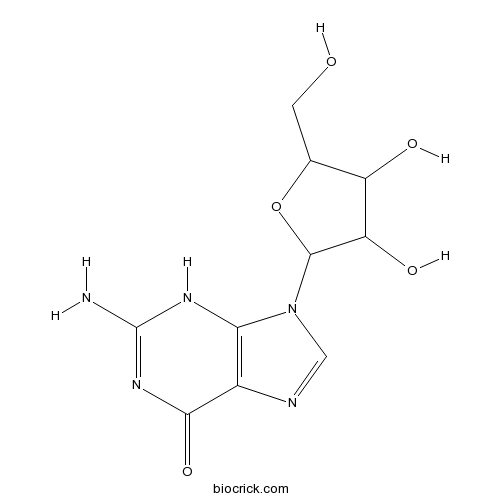
-
BCN9032
Anethole, trans-4180-23-8
Instructions
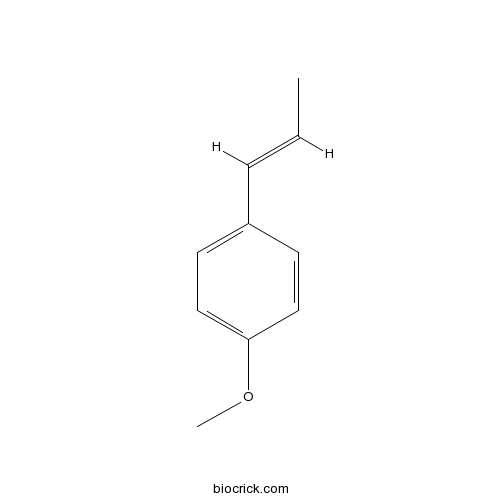
-
BCN2343
Schaftoside51938-32-0
Instructions

-
BCN5796
Adenosine58-61-7
Instructions
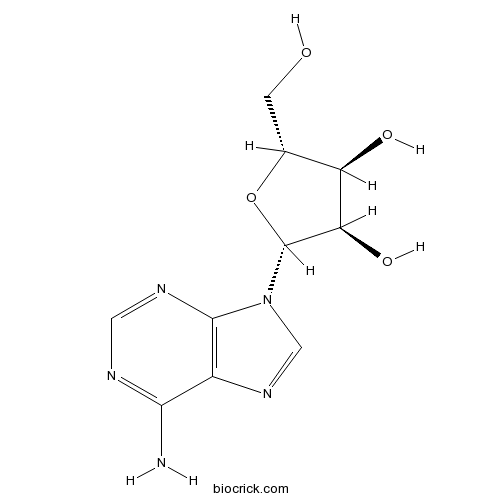
-
BCN3841
Inosine58-63-9
Instructions
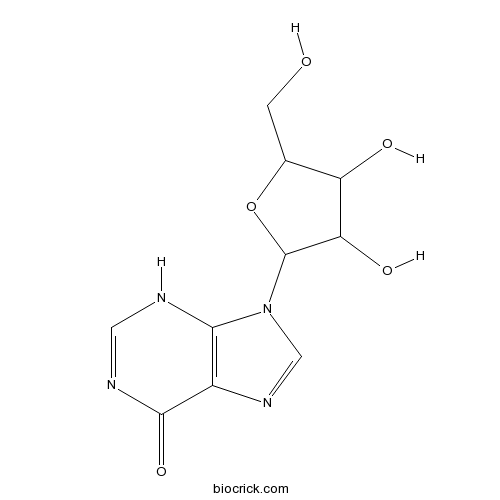
-
BCN4090
Uridine58-96-8
Instructions
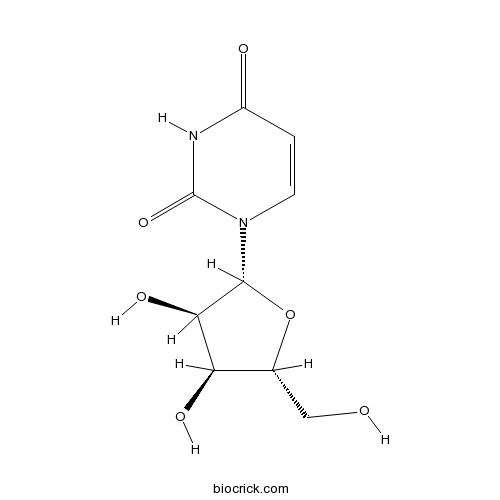
-
BCN3821
Linoleic acid60-33-3
Instructions

-
BCN1050
Trigonelline hydrochloride6138-41-6
Instructions

-
BCN1015
Beta-Sitosterol83-46-5
Instructions
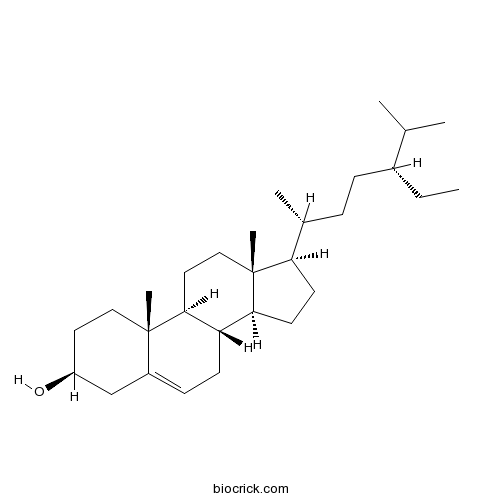
-
BCN1025
Nicotinamide98-92-0
Instructions

Pinellia ternata (Thunb.) Makino Preparation promotes sleep by increasing REM sleep.[Pubmed: 29764203]
Pinellia ternata (Thunb.) Makino Preparation (PTP) is widely used to treat insomnia in traditional Chinese medicine; however, its specific role is not clear. In this study, PTP was prepared at three concentrations. For locomotor activity tests, mice were treated with PTP and evaluated for 14 days. For polygraph recordings, mice were treated for 14 days and recorded after treatment. The main chemical constituents in PTP were identified by Ultra performance liquid chromatography/quadrupole time spectrometry (UPLC/Q-TOF-MS). The results showed that 0.9 g/mL PTP significantly reduced locomotor activity. The effect was related to the time of treatment. PTP reduced wakefulness and increased sleep in mice. Furthermore, PTP promoted sleep by increasing the number of REM sleep episodes with a duration of 64-128s and increasing the number of transitions from NREM sleep to REM sleep and from REM sleep to wakefulness. A total of 17 compounds were identified.


